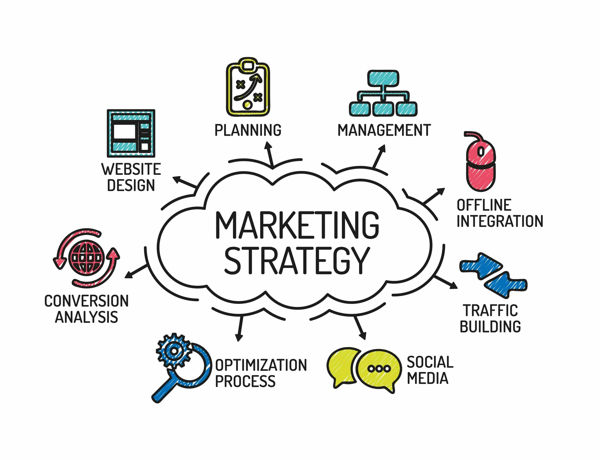Welcome to the wonderful world of cloud computing. If you’re a beginner looking to deep dive into the cloud and start developing your own applications, you’re in the right place. In this blog, we’ll provide a comprehensive guide on everything you need to know to get started with cloud application development.

What is Cloud Computing?
Simply put, cloud computing is the delivery of computing services (including storage, networking, analytics, and more) over the Internet (the “cloud”) rather than using local servers or personal devices. One of the main benefits of cloud computing is that it allows developers to build and deploy applications without worrying about the underlying infrastructure.
Cloud Computing Platforms
There are a few different types of cloud computing platforms to choose from, depending on your needs. Public cloud platforms, like Amazon Web Services (AWS), Microsoft Azure, and Google Cloud, are owned and operated by third-party companies and allow anyone to access their services over the Internet. Private cloud platforms, on the other hand, are operated solely for a single organization and provide a higher level of control and security. Hybrid cloud platforms combine elements of both public and private clouds, allowing organizations to use the best of both worlds.
Setting up a Cloud Development Environment
The first step towards setting up your cloud development environment is to choose a cloud platform that meets your needs. Each platform has its own set of services and pricing models, so it’s important to do your research and determine which one is the best fit for your project. Once you’ve made a decision, you’ll need to set up a cloud account and create a new project.
Next, you’ll need to set up a local development environment where you can write and test your code. This typically involves installing the necessary tools and libraries on your computer. Depending on your chosen cloud platform, you may also need to install additional command-line tools or SDKs to interact with the cloud.
Designing and Building a Cloud Application
With your development environment set up, it’s time to start designing and building your cloud application. The first step is to design the architecture of your application, which involves deciding on the overall structure and layout of your application and choosing the appropriate cloud services to support it. This could include services for storage, computing, networking, and more.
Once you have a solid design in place, you can begin writing and testing your code locally. This is an iterative process, as you’ll likely need to make changes and improvements to your code as you go along. When you’re happy with your application, it’s time to deploy it to the cloud. This typically involves uploading your code and configuring any necessary services in the cloud.
But the work doesn’t stop once your application is live in the cloud. It’s important to set up monitoring and logging to track the performance and health of your application, as well as to identify and fix any issues that may arise. You’ll also need to perform regular updates and maintenance to ensure that your application continues to run smoothly. As your application grows in popularity, you may need to scale it to handle increased traffic.
Best Practices for Cloud Application Development
Here are a few best practices to keep in mind as you develop your cloud application:
- Design for reliability and availability: Make sure your application is built to handle failures and disruptions, so that it can continue to function even when things don’t go as planned.
- Implement efficient and cost-effective solutions: Cloud computing can be cost-effective, but it’s important to choose the right services and optimize your usage to keep costs under control.
- Adopt a continuous integration and delivery (CI/CD) workflow: CI/CD allows you to continuously build, test, and deploy your application, which can help you deliver new features and updates faster and with fewer errors.
We hope this beginner’s guide to cloud application development has been helpful. Whether you’re just starting out or you’re an experienced developer looking to add cloud skills to your toolkit, it’s certain that you’ll find the information and resources in this blog useful as you embark on your cloud journey.




Recent Comments